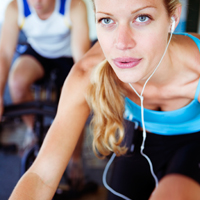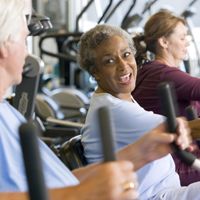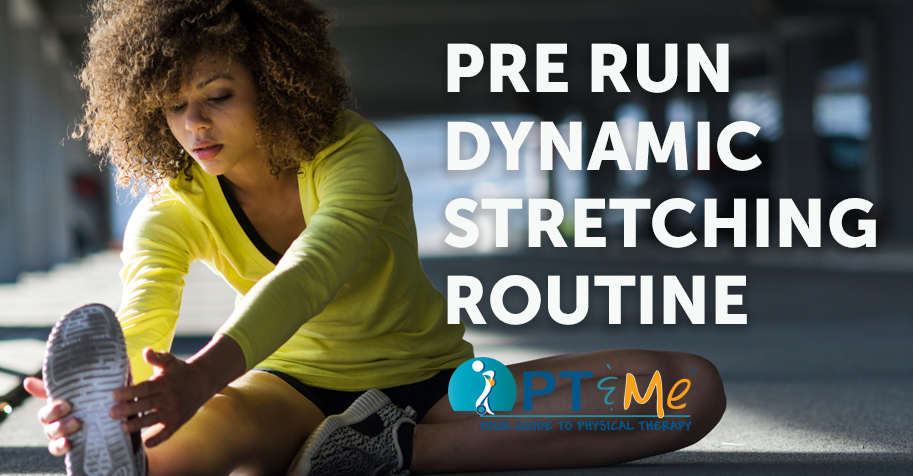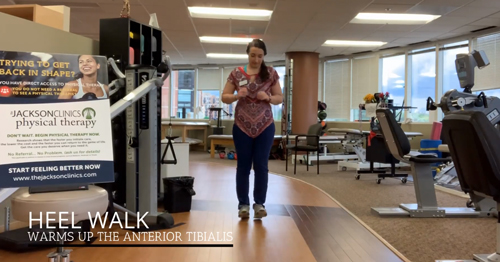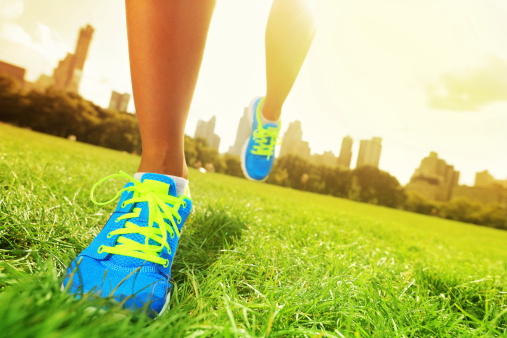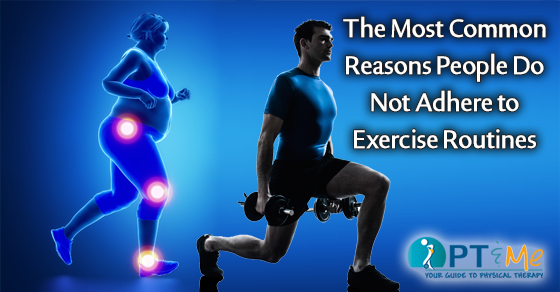
Nearly 50% of Americans will make New Year’s Resolutions in 2016, and the two most common goals are weight loss and exercise. Considering in 2008 that 34% of the U.S. was classified as obese, these resolutions are important.Currently, less than 50 % of Americans meet the physical activity requirements per the CDC. Despite the large spike in exercise at the beginning of each New Year, most resolutions fail by February. There are countless reasons, and they are directly paralleled to the most common reasons people do not adhere to exercise, and pain.
Time:
Time is the most cited reason people do not exercise. With a finite amount of hours per day, plan your day around your exercise plan – not the other way around. This allows you to prioritize your efforts toward the one thing that improves every aspect of your health, exercise. Also, you can break your activity up into 10 minute bouts throughout the day. You can take the long way in a walk to work, use the stairs, walk on your lunch break, etc. The goal is to get at LEAST 30 minutes of aerobic activity 3-5 times per week.
Fatigue:
If you are beat at the end of a long work day, don’t try to work out at the end of the day! Plan your workouts when you have the most energy. While this is easier said than done, take stock of your current daily routine. If you are a morning person, hit the gym before work. If you are a midday warrior, utilize your lunch break. If you like to work out a little later, take your athletic clothes with you and hit the gym before you get home. A benefit of exercise is increased energy, but it takes energy to make energy.
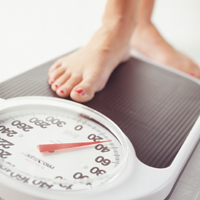
Lack of Experience:
Exercise doesn’t have to be complicated. The ultimate goal is to raise your heart rate and challenge your muscles. The spectrum of ways to exercise is enormous, but it is best to choose routines or activities that interest you and correlate with your goals. However, it is important to chose activities that fit your current level of fitness initially, and you are more likely to continue a program if you are successful at the start. If you can, work out with a partner to help keep you motivated. Lastly, set yourself realistic and specific goals: weight loss is not specific; losing 10 pounds in 12 weeks is specific. When initiating a new routine, consult your doctor to make sure you’re ready for the stress of exercise.
Pain:
Many people don’t exercise due to pain, fear of injury, or the discomfort of delayed onset muscle soreness (DOMS). In a recent study, those with arthritis who exercised 2 days per week or more actually had less pain than those who were sedentary. Lower back pain and knee pain are common deterrents to exercise, but countless studies show regular exercise improves these aches when performed correctly show regular exercise improves these aches when performed correctly. It is also important to seek a fitness professional such at a physical therapist or certified personal trainer when initiating an exercise routine to make sure your form is correct and you are performing movements safely. If you are currently in pain, a licensed physical therapist can address your pain with manual therapy and specific exercise, as well as address your fitness goals.
Don’t wait to begin changing your health and fitness. Begin today by taking the first steps towards better health!
Written by Spence Tomlinson, PT, DPT, Cert. MDT, Clinic Director of STAR Physical Therapy, Kingston Springs, TN

